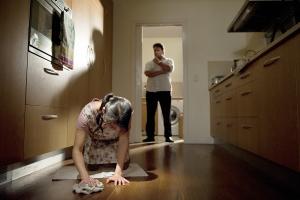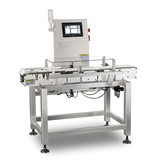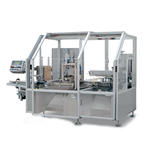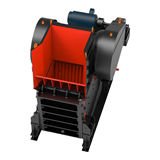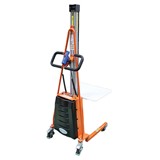The legal confusion between a job with appalling conditions and criminal exploitation means it can be difficult to identify and prosecute 21st-century slave traders and people traffickers.
In this case, a deal had been made between the young kitchen worker’s father and an Australian restaurateur. Anbalagan Rajendran, 24, arrived in Sydney with no money of his own, poor English and no appreciation of his rights. He depended on his new boss for food, cash, accommodation and transport.
For almost six weeks the young man from southern India worked at least 14 hours every day in a chain of restaurants in the lower Blue Mountains. His passport was taken from him and he was told that if he complained he would be deported.
Rajendran’s story – trapped in a job for which, it was reported, he would have to work "very hard, like a machine" for 365 days a year – can be pieced together from transcripts of hearings in the NSW District Court involving people trafficking charges (which were not proved) and in the Federal Magistrates Court for workplace offences (which were).
UTS Associate Professor, Law, Jennifer Burn, who is also the director of Anti-Slavery Australia, says the case highlights the complexity of determining the difference between substandard working conditions and criminal exploitation of labour.
The International Labour Organisation estimates about 21 million people are in forced labour around the world, more than half of those in the Asia-Pacific region. Official numbers in Australia are small but the problem is significantly under-reported, Professor Burn says.
However, a new piece of legislation gives her hope a more accurate picture will emerge and the tiny number of prosecutions will increase.
The Crimes Legislation Amendment (Slavery, Slavery-like Conditions and People Trafficking) Act, which came into force in March, introduces the new offence of forced labour.
"There’s been a lot of anecdotal evidence and a lot of community concern about other forms of exploitation that aren’t [human] trafficking but may well be forced labour according to the new law," Professor Burn said.
Coercion is defined in the new law to include "taking advantage of a person’s vulnerability" – something that will be tested and defined in the courts.
"While slavery has been a crime in Australia since 1824…this is the first time that as a nation we have this offence of forced labour," Professor Burn said.
"What that means is that any person in Australia, regardless of citizenship or immigration status, may be recognised as a victim of forced labour if they are working in those grossly exploitative conditions."
Burn says when people think about trafficking and slavery often they think about: "unlawful non-citizens, people working on the fringes, in the shadows".
Court cases have typically concerned women trafficked into the sex industry. Increasingly, though, the spotlight is turning to young men, typically under 30, who have come to work in skilled jobs.
"In some of the cases we’re seeing now, they have involved men holding a working visa – a 457," Burn said.
They’ve been sponsored to Australia by an employer, and their skills have been recognised, but "even a person holding…the most prestigious of working visas can find themselves in a situation of terrible exploitation”, she said.
The chairman of the NSW Community Relations Commission, Stepan Kerkyasharian, says much needs to be done to build community awareness of what falls within the ambit of trafficking.
"It’s good to have legislation backing you up but the majority of the work that needs to be done is awareness…creating an informed environment, a supportive environment, and an environment which will allow people to come forward [and] to then continue to stay in Australia if they choose – not be penalised by being sent back [home]," Kerkyasharian said.
Australian Red Cross operates the Support for Trafficked People Program and has helped 122 people since 2009. Spokeswoman Lis de Vries agrees that raising awareness is an important tool.
“If members of the community … know how to recognise [human trafficking and forced labour]…there’s more chance people being exploited can be helped…and those committing these crimes [can be] prosecuted," de Vries said.

